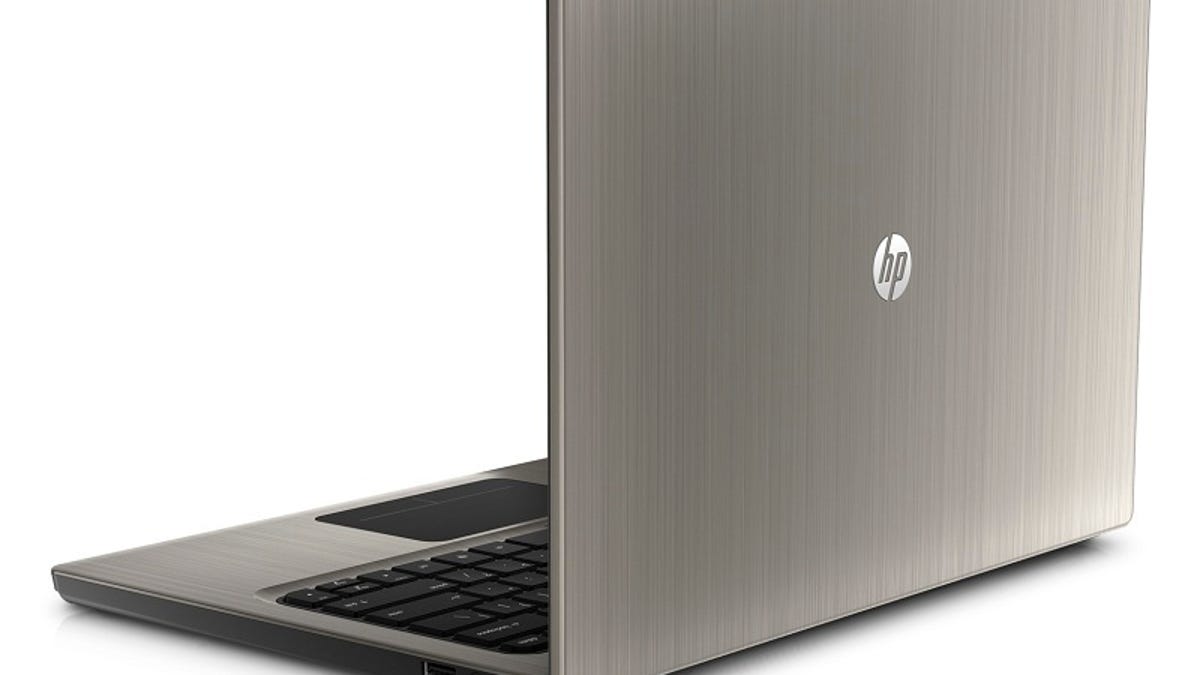Intel: Ultrabooks have to be 'cool'
Intel said ultrabooks have to be cool to appeal to a large number of consumers. But they also have to be inexpensive and relatively fast.

At an Intel Capital conference this week an Intel executive spelled out how and why the market will transition to ultrabooks over the next few years. In a word, ultrabooks need to be "cool."
Intel is driving the PC industry to ultrabooks with a $300 million ultrabook fund--principally for hardware development--and a second fund announced this week, the $100 million AppUpSM Fund, targeted at applications for future ultrabooks.
Erik Reid, the general manager of the Mobile Platforms Division at Intel's PC Client Group, detailed Intel's thinking in a session at the Intel conference this week in Huntington Beach, Calif.
The coolness factor: "Users want something that's cool," said Reid. Intel research shows that when people see an ultrabook they think that "it must be better engineered because it's thin. It's harder to make a thin device than a thick device. It's more forward-looking."
Jobsian philosophy about consumers: Steve Jobs famously said that you can't just ask customers what they want and then try to give that to them. By the time you get it built, they'll want something new. Well, Intel has a similar philosophy.
"We are not waiting for this to happen. We're going to create the future and that's fundamentally what this transition is all about," said Reid. "We did it with MMX when we brought the PC out of the office and added multimedia. We did it again with Centrino (which made Wi-Fi standard on laptops), and we want to do it again with ultrabooks. Within three years after the Centrino introduction, notebook volume doubled in the marketplace. We thought seven million Centrino units was a huge number in that time frame in 2003. [In fact] we pretty much shipped that number every two weeks. So, you can see how fast these transitions happen and how they accelerate growth."
Don't sacrifice performance: The power efficient Intel ultrabook processors must give a similar experience to a traditional laptop, Reid said. "People should not have to sacrifice performance when they make this transition."
Price: Price (duh) is a huge factor. The skinny ultrabooks of yore--what are now referred to as luxury laptops or "executive jewelry"--were typically $1,500 and up. Those days are gone. The Toshiba Portege Z835 is $799 at Best Buy and HP's Folio debuted Wednesday at $899. Expect ultrabooks to hit $699 next year said Reid.
Touch: "We think there is a tremendous opportunity to take advantage of touch capabilities in Windows 8," Reid said. Intel is working closely with Microsoft and ecosystem partners to enable advanced touch gestures on the traditional clamshell laptop (via the touchpad/trackpad) and on hybrid laptop-tablet devices that would also have display-based touch. "Where it can be in a tablet mode for consumption and it swivels or slides back and then exposes a full PC," Reid said.
Graphics, gaming: Graphics horsepower and gaming is critical. "We've doubled the graphics on Sandy Bridge--that's our current shipping processor. In the next generation processor (Ivy Bridge) we're going to double it again. And we're going to continue to push it forward with Haswell (the chip that follows Ivy Bridge). So 90 percent of the mainstream games play great on these devices out of the box."
Future ultrabooks: Most ultrabooks today have 13-inch displays and are 18 millimeters thick (0.7 inches) or less. Future 14- and 15-inch ultrabooks will be 21mm thick (about 0.8 inches) and smaller. And when Intel's next-generation Haswell chip goes mainstream in 2013, expect to see ultrabooks that are 14mm thick (about 0.55 inches) and thinner, according to Reid.

